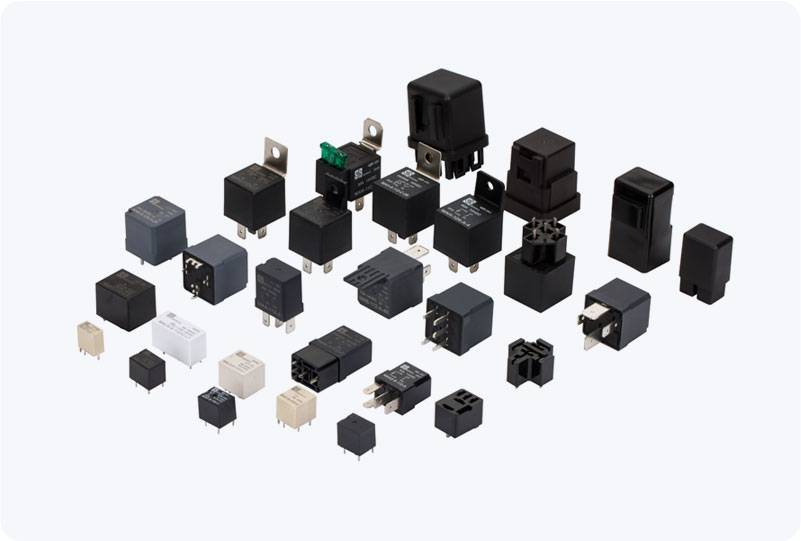understanding insulation monitoring relay: ensuring electrical safety and reliability
Release time:2025-10-18 12:05:49
In modern electrical systems, ensuring safety and reliability is paramount. One of the critical components that contribute to this goal is the Insulation Monitoring Relay (IMR). This device plays a vital role, especially in ungrounded systems by monitoring insulation resistance and thereby protecting against potential electrical hazards. This article delves into the functionalities, significance, and applications of Insulation Monitoring Relays.

What is an Insulation Monitoring Relay?
An Insulation Monitoring Relay is a specialized device designed to monitor the insulation resistance within electrical circuits. It acts as a watchdog, continuously assessing the condition of the insulation that separates live electrical components from the ground. By measuring this resistance, the IMR can identify insulation deterioration, which is crucial in preventing electrical shocks, system failures, or even fires.
How Does It Work?
The operation of an Insulation Monitoring Relay hinges on its ability to measure insulation resistance. It typically employs a high-impedance test voltage to assess the insulation condition. When the insulation resistance falls below a predefined threshold, often set according to industry standards, the relay triggers an alarm. This alarm can be visual, audible, or can even integrate with a building's overall management system to alert maintenance personnel promptly.

